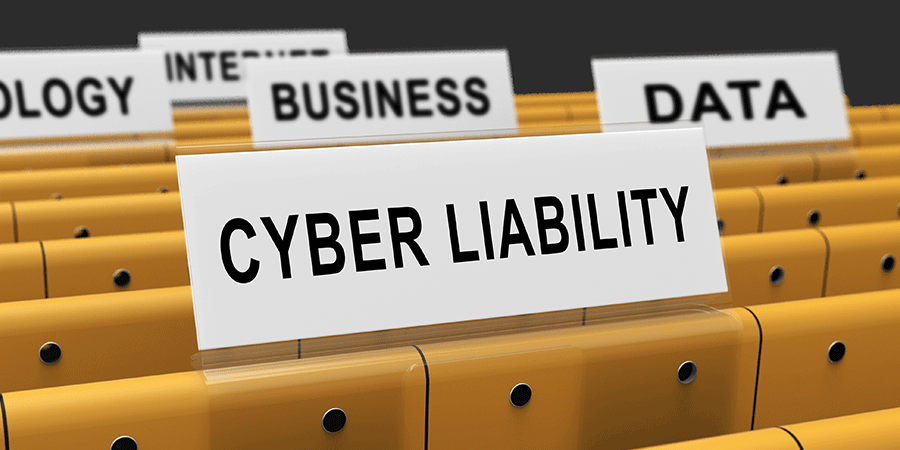
Technology companies own valuable intangible assets, such as sensitive data, software, and intellectual property, which a general liability policy doesn’t account for. General liability provides protection in the event of bodily injury or property damage. Technology insurance coverage is designed to protect against the significant risk of economic loss related to intellectual property, network liability and network and cyber property security.
A comprehensive risk management plan needs to guard against the unique exposures that technology operations present. Specialized technology insurance is relatively new and the terminology is still evolving as more claims are handled and new exposures are discovered. As a result, the terminology can be confusing and hard to understand. The following terms are some of the most common you will need to know to best understand your technology insurance protections:
- Cyber liability: A cyber liability policy is a coverage that protects against damage from cyberattacks, data breaches, and other basic risks that result from using electronic communications and data storage. It often covers the cost of recreating damaged or lost data or systems, but does not include the costs that stem from the loss or damage, including legal expenses and data notification costs. Sometimes the term cyber liability is used broadly to describe technology-related risks and technology-specific insurance in general.
- Data breach notification laws: These state laws dictate the requirements for notification if an organization were to suffer a data breach that compromised personal data, such as social security numbers and financial and health information. Each state law varies on the time period within which individuals need to be notified of the breach and what situations are exempt from the requirement.
- Cyber property: This describes the intangible property your company owns; it can include websites, data, and networks. These intangible assets can all be damaged. To protect your cyber property, you may need to broaden the property enhancements on your existing policy. Also, check if you have any coverage that would protect if your company or an employee caused damage to another organization’s cyber property.
- Technology E&O: Technology errors and omissions (E&O) coverage protects against claims by a client who suffered a loss due to mistakes by your company. These mistakes must be due to error or oversight in a product such as a software program or web service.
- Media and intellectual property liability: All content on the Internet is considered to be published, meaning that it is subject to copyrights and infringement. Negative content about a person or company can be considered libelous. Take caution when publishing or posting anything to websites, forums, or social networking sites.
Click here to learn more about Gilsbar's Cyber Liability Insurance options.
